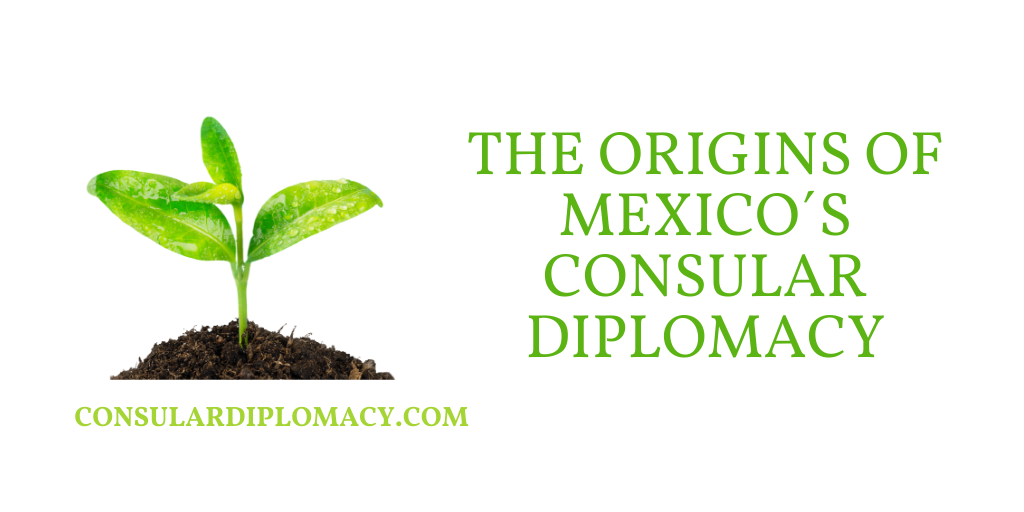 In the last couple of days, I have been reading the spectacular book Antología Protección Consular a Mexicanos en los Estados Unidos 1849-1900, written by Ángela Moyano Pahissa. After the author reviewed what I think must have been thousands of official documents and correspondence written by consuls of Mexico, the Mexican delegation in Washington, and the Ministry of Foreign Affairs, she divided the book into five chapters that deal with specific problems:
In each, Moyano Pahissa included a selection of official documents that reflect the ideas, challenges, and solutions regarding these specific problems that resulted from the Mexico - U.S. War of 1846-1848 and the loss of half of its territory. It is incredible to read that some of them have not changed since then. After reading the book, I now better understand the colossal influence that the annexation to the U.S. of the former Mexican territory had on the Mexicans living in those lands and the development of Mexico’s Consular Diplomacy. From having to ratify their land ownership through a complicated and unfair process, to the need to decide in a year the nationality they wanted to have, Mexicans suffered greatly in the United States after 1848. Besides, there was a direct attack not only against their culture but themselves. “Some historians state that in the decade from 1850 to 1860, Anglo-Americans lynched between three to four thousand Mexicans of a total population of ten thousand.”[i] The systematic loss of property rights, in violation of Article VIII of the Guadalupe Hidalgo Treaty, had significant consequences for Mexicans. Even though property requirements to be able to vote were almost eliminated by then, payment of taxes was still a common requirement to vote, thus limiting their possibility to participate in politics and influence policies. Therefore, Mexico’s government had to enhance the defense of its nationals’ rights north of the border, including the establishment of consular offices in places that before was its own country. Back then, Consuls of Mexico had to respond to information requests by the President’s office about high profile cases reported in the press, when they involved Mexicans, either as victims or as perpetrators. They also presented complaints to U.S. authorities for the delay in court cases, the imposition of high cash bail amounts, or extended detention periods. Mexican consular agents also had to be in constant communications with local and state authorities and the Mexican community, creating cooperation networks. Border consulates had additional challenges like smuggling and attacks on Mexican communities by outlaws, and tribes. If all this sounds similar to what Maaike Okano-Heijmans, a scholar of the Clingendael Institute, described as Consular Diplomacy in “Change in Consular Assistance and the Emergence of Consular Diplomacy,” is because it is! The loss of property rights, the problem of questionable citizenship, the attack on Mexican culture and people, combined with widespread discrimination that Mexicans faced after 1848 in the lost territories, catapulted the government of Mexico to develop an incipient Consular Diplomacy, way before it was the norm across the world.[i] Some of the characteristics of today´s Mexican Consular Diplomacy developed during this period, such as:
[i] Moyano, Pahissa, Ángela, Antología Protección Consular a Mexicanos en los Estados Unidos 1849-1900, México, 1989, p. 113. [i] Heijmans, Maaike and Melissen, Jan in Foreign Ministries and the Rising Challenge of Consular Affairs: Cinderella in the Limelight, Netherlands Institute of International Relations Clingendael, June 7, 2006, p. 4. DISCLAIMER: All views expressed on this blog are that of the author and do not represent the opinions of any other authority, agency, organization, employer, or company.
0 Comments
Your comment will be posted after it is approved.
Leave a Reply. |
Rodrigo Márquez LartigueDiplomat interested in the development of Consular and Public Diplomacies. Archives
May 2024
Categories
All
|
